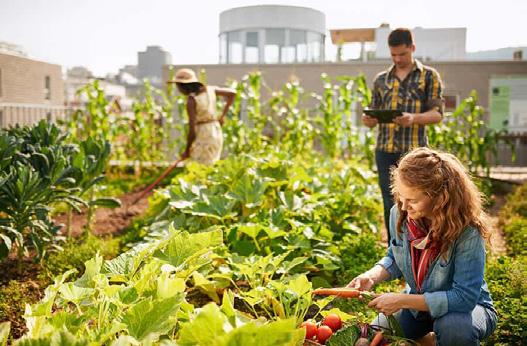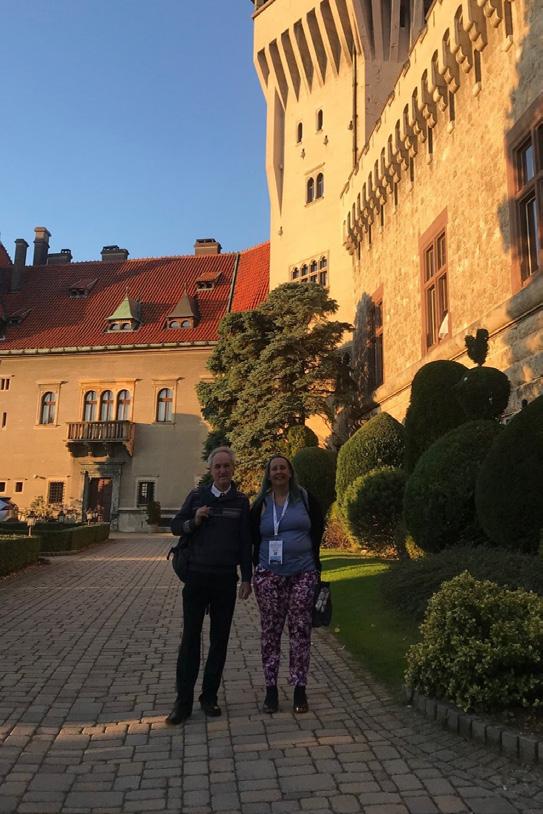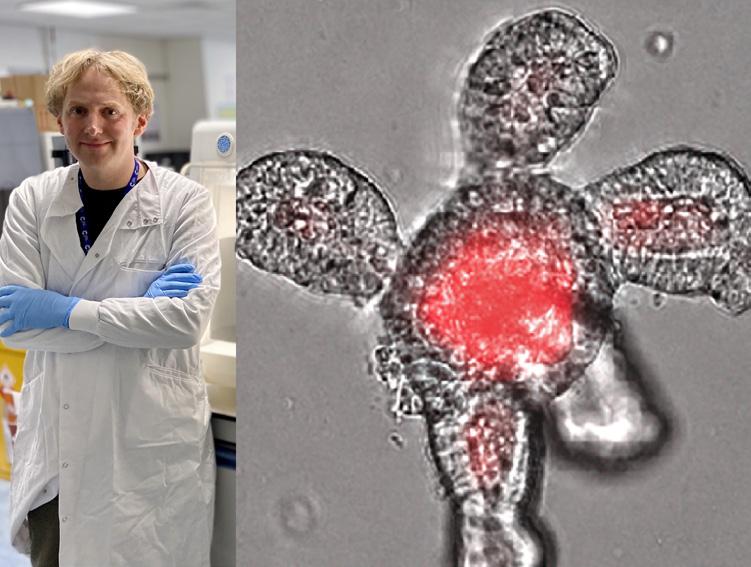
1 minute read
Behind the Research: The NotSo-Secret Gardens Bringing Nature to the Public
PHD STUDENT ANDREIA JORGE IS DISCOVERING HOW BOTANICAL GARDENS ARE USING CREATIVE WAYS TO COMMUNICATE TO THE PUBLIC ABOUT PLANT SCIENCE AND PLANT DIVERSITY.
BY: RIANNA GREEN
Advertisement
After finding herself working within botanical gardens, leading guided tours, Andreia shifted her biology background to understanding public engagement within gardens to communicate about plants.
Describing herself as an
“intermediary between plants and people”, she is now working on her PhD here at the University of the West of England, completing interviews with staff from gardens in Portugal and the United Kingdom. This exploratory research is hoping to build up an understanding of how science communication is used effectively in botanical gardens, and how science communicators in these gardens conceptualise the relationships between science and society.
The first stage, however, was mapping out the current activities and target audience using reports from gardens in Europe. These were used to understand how they are engaging with the public. Her research includes two focuses: the involvement of the staff as science communicators, and what the gardens are doing as a whole. Although interviewing is already a complex skill that Andreia was more than happy to take on, another challenge is interviewing in a language that isn’t her mother tongue. Andreia is bilingual and is using this to her advantage conducting semistructured interviews in both English and Portuguese.
Andreia spoke about how interviewing was completely different in each language with unexpected obstacles such as: adapting questions on the spot, the difficulty of “interviews with short answers”, and trying to avoid asking leading questions. She shared how the analysis section is where she is starting “to see where I do my mistakes”.
She discussed the struggle of not being perfectly fluent in English and how transcription tools during online interviews have really been helpful for her to understand tricky accents. Yet despite the struggles, she was more than enthusiastic about the interviewing process, brightly declaring them the “favourite part of my thesis”.
Now analysing the data, she described some activities that were fairly common to all gardens such as the tours she had experienced and lectures or talks. She was really amazed by the gardens that go above and beyond with creativity, highlighting one case where the gardens conducted public consultations for their activities “until that moment, no one had said they go to the street!”










